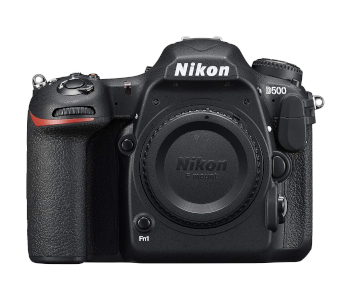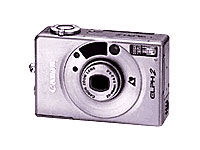

Sensor sizes and image qualityĪs a very general rule (and there are several notable exceptions), bigger cameras have bigger sensors, which produce better quality images, so choosing a system entails first deciding how important image quality is compared with portability and convenience.

Such a feature not only lets you publish online straight from the camera but often also enables you to control the camera remotely with a smartphone. If you want Wi-Fi, the good news is that it’s difficult to find a current CSC model without it. What about video? All offer HD video but bit rates and compression options vary, and only a few offer an external mic input. Finally, consider what other features are important to you. Neither is better, it’s down to personal taste.

Some cameras with EVFs are styled like mini DSLRs, while others follow more of a rangefinder style. Of those with a viewfinder it will be electronic – the technology of which is rapidly improving by the day and some offer incredibly high resolutions. A few have the option of a clip-on EVF at additional cost. Many CSCs have viewfinders, but some offer just an LCD screen, which can make them more difficult to use in bright sun. This can make many CSCs generally less suited to action photography, though there are some exceptions – the Nikon 1 system is blisteringly quick, and a few CSCs have phase detect pixels built into the sensor. Some CSCs use the contrast detect method of focusing, which is slower than the phase detect method used by DSLRs. Other factors need to be taken into consideration too. Some use a smaller sensor, while we’re also increasingly seeing great feats of design where the sensor is large, but the body remains small for the best of both worlds. Some are almost as big as a DSLR but offer a different user experience, due to the camera’s shape and design. Why buy a CSC?Ĭompact System Cameras, or hybrid cameras, are designed for buyers seeking a camera that offers lots of creative control, high image quality and the option to attach different lenses, but who don’t usually want the bulk of a DSLR. Here we present a round-up of the different systems currently available, and what they have to offer. Some have DSLR sensors, some have smaller ones, some have electronic viewfinders, others have no viewfinder – just the LCD screen. It’s probably fair to say that today’s definition of a CSC is a camera with interchangeable lenses but no mirror. Whatever they’re called, every manufacturer now has at least one such camera of its own, with an accompanying range of lenses, but the original aims of the first CSCs – to provide the image quality and interchangeable lenses of a DSLR, but in a smaller package – no longer necessarily apply, as manufacturers have plumped for a wide range of different sensor sizes all the way up to full-frame (35mm). MILC (Mirrorless Interchangeable Lens Camera) or simply ILC, or just “Mirrorless” are also used, as well as “hybrid cameras”. In 2008 Panasonic’s Lumix G1 was the first camera with a DSLR sized sensor and interchangeable lenses to dispense with the mirror and prism, and swap the optical finder for an electronic one.Ĭompact System Camera (CSC) tends to be the most popularly accepted term for cameras like this. Panasonic and Olympus were the first to realise that if you did away with the DSLR’s optical viewing assembly you could still have a large sensor, and interchangeable lenses, but the camera could be much smaller, and the lenses could be smaller too. DSLRs are much bigger than compacts not only because they have much larger sensors, but because the viewing system that defines them as DSLRs – a 45° mirror reflecting up to a prism assembly and viewfinder eyepiece – takes up a lot of space. The step up to a DSLR was a big one, literally. Once upon a time, if you wanted to buy a digital camera you’d have the choice of a compact, a bridge (a compact with a high-magnification zoom) or a DSLR. Here we explain what Compact System Cameras are, why you might want one, and what’s available… An increasingly popular sector of the camera industry comes in the form of the compact system camera, or hybrid camera.


 0 kommentar(er)
0 kommentar(er)
